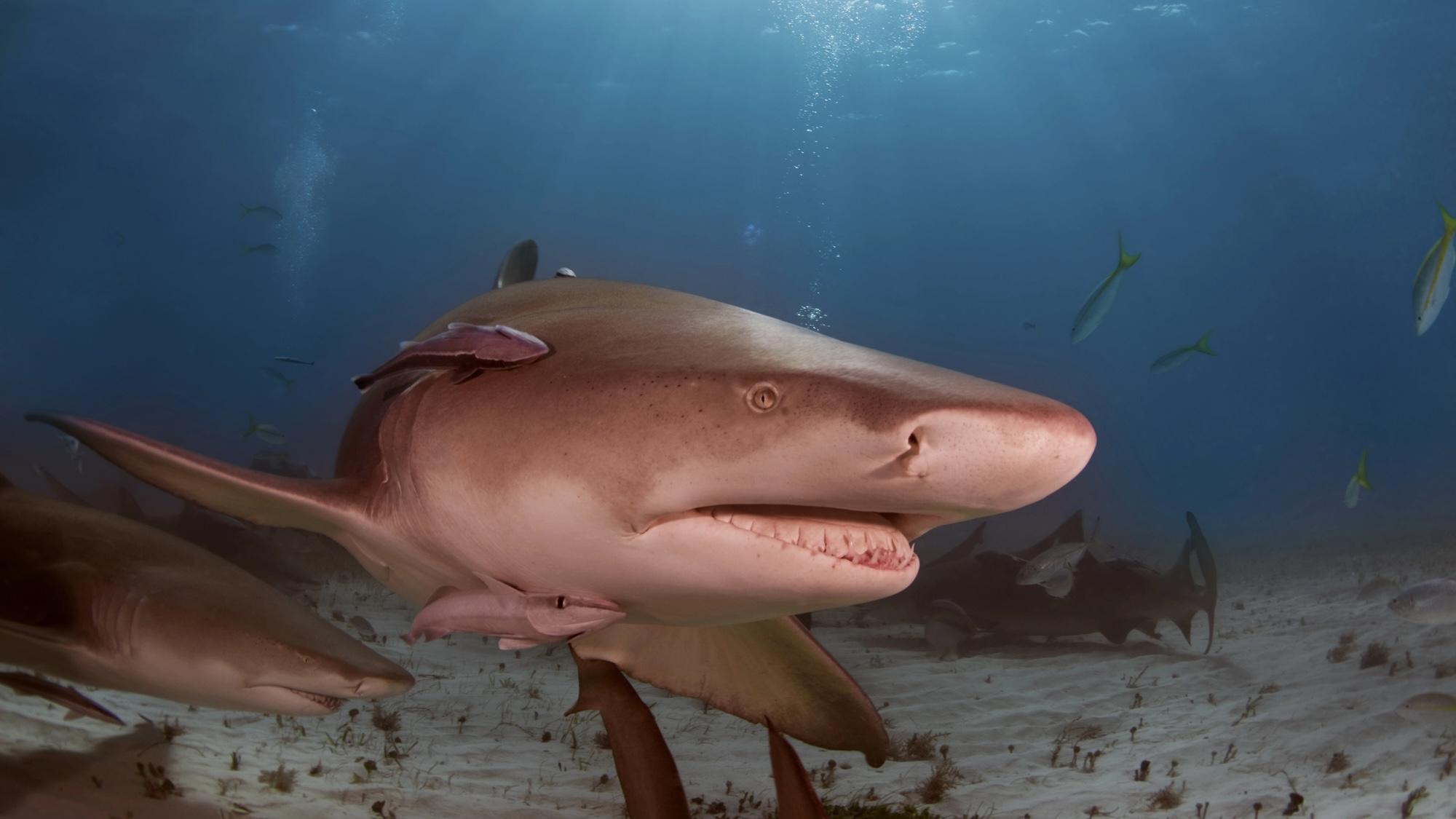If you picture a megalodon, chances are you envision what amounts to a gigantic great white shark. The image is understandable, given almost every depiction of the ancient apex predators across research and pop culture. But last year, an international team put forth a new anatomical design based on their analysis of incomplete fossilized vertebrae. According to the researchers, the famous megalodon was likely “more slender and possibly even longer” than the prevailing theory. Rather than a great white, the team offered sleeker mako sharks for a frame of reference.
The hypothesis kicked off a heated debate among paleobiologists, many of whom contended the evidence still simply didn’t support giant prehistoric makos. Unfortunately, a follow-up study likely won’t satisfy anyone who disagrees with the mako idea, either. According to many of the original study’s authors, megalodons may have been even longer and leaner than they first proposed. In terms of today’s shark parallels, think less “mako” and more “lemon.”

The revised shape and size is detailed in a paper published on March 9 in the journal Palaeontologia Electronica. After comparing portions of a megalodon’s vertebral column to over 100 species of living and extinct shark species, researchers now estimate the megalodon may have topped out at around 80-feet-long, or about two school buses, while weighing as much as 94 tons—roughly as massive as a blue whale. For reference, the predominant megalodon theory puts them at 50-65 feet long and 53-115 tons. Based on their conclusions, even newborn megalodons were sizable creatures, and likely measured as large as a modern adult great white.
“It is entirely possible that megalodon pups were already taking down marine mammals shortly after being born,” Phillip Sternes, a co-author on both papers, argued in an accompanying statement. Sternes also contends the latest study “provides the most robust analysis yet of megalodon’s body size and shape.”
“Rather than resembling an oversized great white shark, it was actually more like an enormous lemon shark, with a more slender, elongated body,” he said. “That shape makes a lot more sense for moving efficiently through water.”
While the great white shark’s bulkier, torpedo-like frame makes it perfect for quick bursts of speed, the lemon shark evolved for energy-efficient, sustained ocean cruising. This concept of evolutionary efficiency played into the team’s alternative theory, as well. Tim Higham, a study co-author and biologist at University of California Riverside, offered Olympic swimmers as a comparison.
“You lead with your head when you swim because it’s more efficient than leading with your stomach,” he explained in a statement. “Similarly, evolution moves toward efficiency, much of the time.”
If there’s anywhere Team Lemon (formerly Team Mako) and Team Great White may find common ground, it’s megalodon speed. Rather than a high-speed chaser or a slower, methodic hunter, the study’s authors suggest a balance in which the sharks generally swam at a moderate pace while able to attack in quick bursts.
“Gigantism isn’t just about getting bigger—it’s about evolving the right body to survive at that scale,” Sternes said. “And megalodon may have been one of the most extreme examples of that.”


